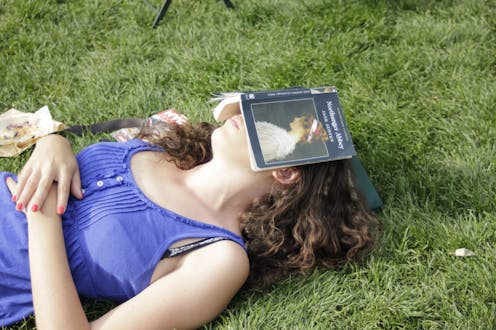Jane Austen’s Mr Darcy believes ‘extensive reading’ makes an accomplished woman. What else does reading mean in her work?
- Written by The Conversation

What does it mean to be a reader in Jane Austen’s novels? And what does it mean to read them? Susan Allen Ford, longtime editor of the Jane Austen Society of North America’s journals, confesses to perhaps 25 years of fascination with her subject.
She makes no claim to completeness for her book, What Jane Austen’s Characters Read (And Why), nor does she promise “an understanding of Jane Austen that will overturn all previous readings”. Instead, she sees her book as a “continued exploration”.
And what a book it is!
In her introduction, Ford explores various characters’ use and misuse of reading. For example, the scene in Pride and Prejudice where Caroline Bingley, trying to attract the attention of the rich Fitzwilliam Darcy, accuses heroine Elizabeth Bennet of being interested in nothing but reading. When he responds that extensive reading is a necessary attribute of an accomplished woman, the intended barb backfires.
Review: What Jane Austen’s Characters Read (and Why) – Susan Allen Ford (Bloomsbury)
Ford introduces the concept of the “model reader” – the ideal reader Jane Austen might have imagined for her writings. She adopts the idea from the great Italian novelist and academic Umberto Eco, who regarded this reader as one who was willing to observe the rules, and eager to play the game, of the novelist.







